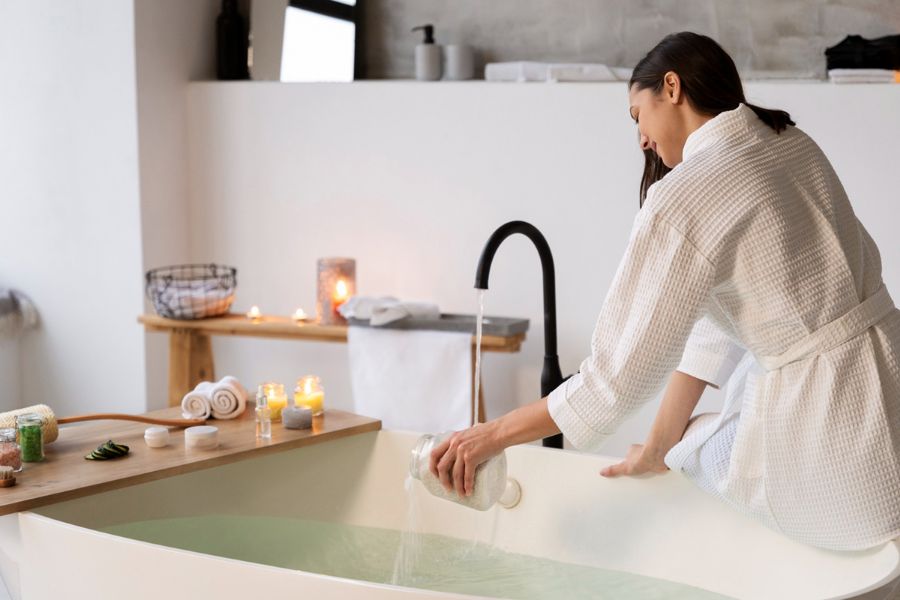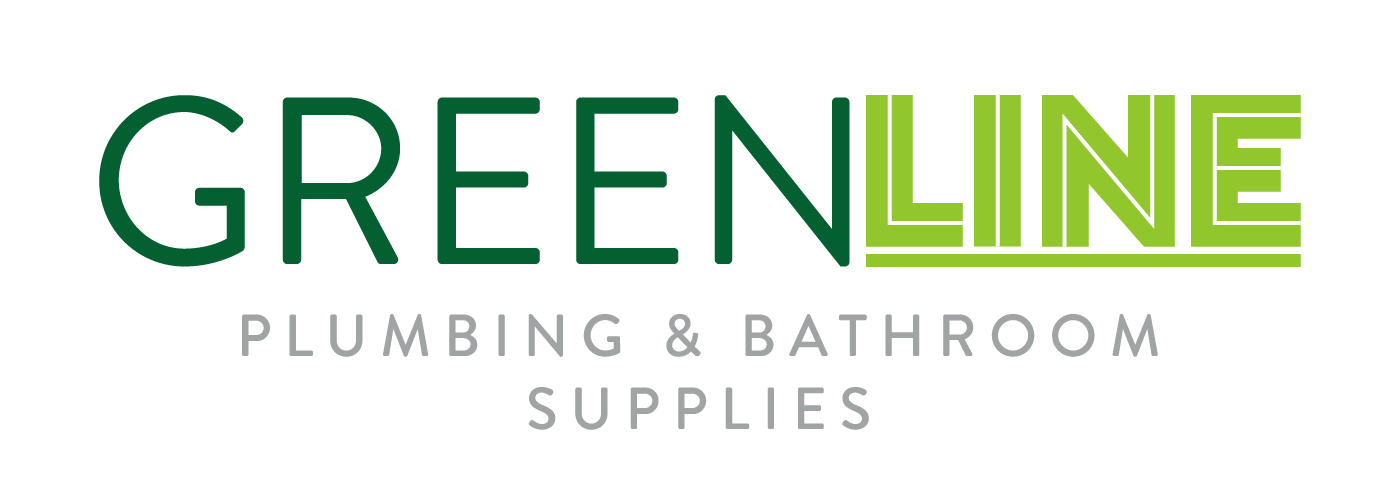
Creating an energy-efficient home not only contributes to a greener planet but also helps you save money on utility bills. One often-overlooked area for energy conservation is the bathroom. From lighting to water usage, there are several opportunities to make your bathroom more environmentally friendly. In this blog post, we explore five practical ways to boost the energy efficiency of your bathroom.
1) Upgrade to LED Lighting
Traditional incandescent bulbs are not only inefficient but also have a shorter lifespan. Switching to LED (Light Emitting Diode) lighting is a cost-effective and energy-efficient solution. LED bulbs consume significantly less energy, last longer, and emit less heat, making them an ideal choice for your bathroom. Consider installing motion sensor switches to ensure lights are only on when needed, further reducing energy consumption.
2) Install Low-Flow Fixtures
Water conservation is a crucial aspect of an energy-efficient bathroom. Replace old faucets, showerheads, and toilets with low-flow fixtures to reduce water usage. Low-flow fixtures maintain water pressure while minimising the amount of water released, leading to substantial water and energy savings over time. Some modern toilets even come with dual-flush options, allowing you to choose a lower water volume for liquid waste.
3) Use Energy-Efficient Ventilation Fans
Ventilation is essential in bathrooms to prevent moisture buildup, which can lead to mold and mildew issues. However, traditional exhaust fans can be energy hogs. Invest in energy-efficient ventilation fans that are designed to operate quietly while using less electricity. Look for models with built-in humidity sensors that automatically turn on and off based on the moisture level in the air, ensuring optimal efficiency.
4) Seal & Insulate
Proper insulation is key to maintaining a comfortable temperature in your home while reducing energy consumption. Check for drafts around windows, doors, and gaps in walls. Seal any leaks with weatherstripping or caulking. Additionally, insulate your bathroom walls and ceiling to keep the space warmer in the winter and cooler in the summer, reducing the workload on your heating and cooling systems.
5) Implement Smart Technology
Embrace smart technology to enhance the energy efficiency of your bathroom. Consider installing a smart thermostat for your bathroom heater, allowing you to schedule heating cycles and avoid unnecessary energy consumption. Smart water heaters can also be programmed to operate during off-peak hours, taking advantage of lower electricity rates. Investing in a smart home system that integrates various bathroom appliances can provide centralised control and further optimise energy usage.
Conclusion
Transforming your bathroom into an energy-efficient space is not only environmentally responsible but can also lead to long-term cost savings. From simple upgrades like LED lighting to more advanced solutions like smart technology integration, there are numerous ways to enhance energy efficiency in your bathroom. By implementing these changes, you not only contribute to a greener planet but also create a more sustainable and budget-friendly home.






































